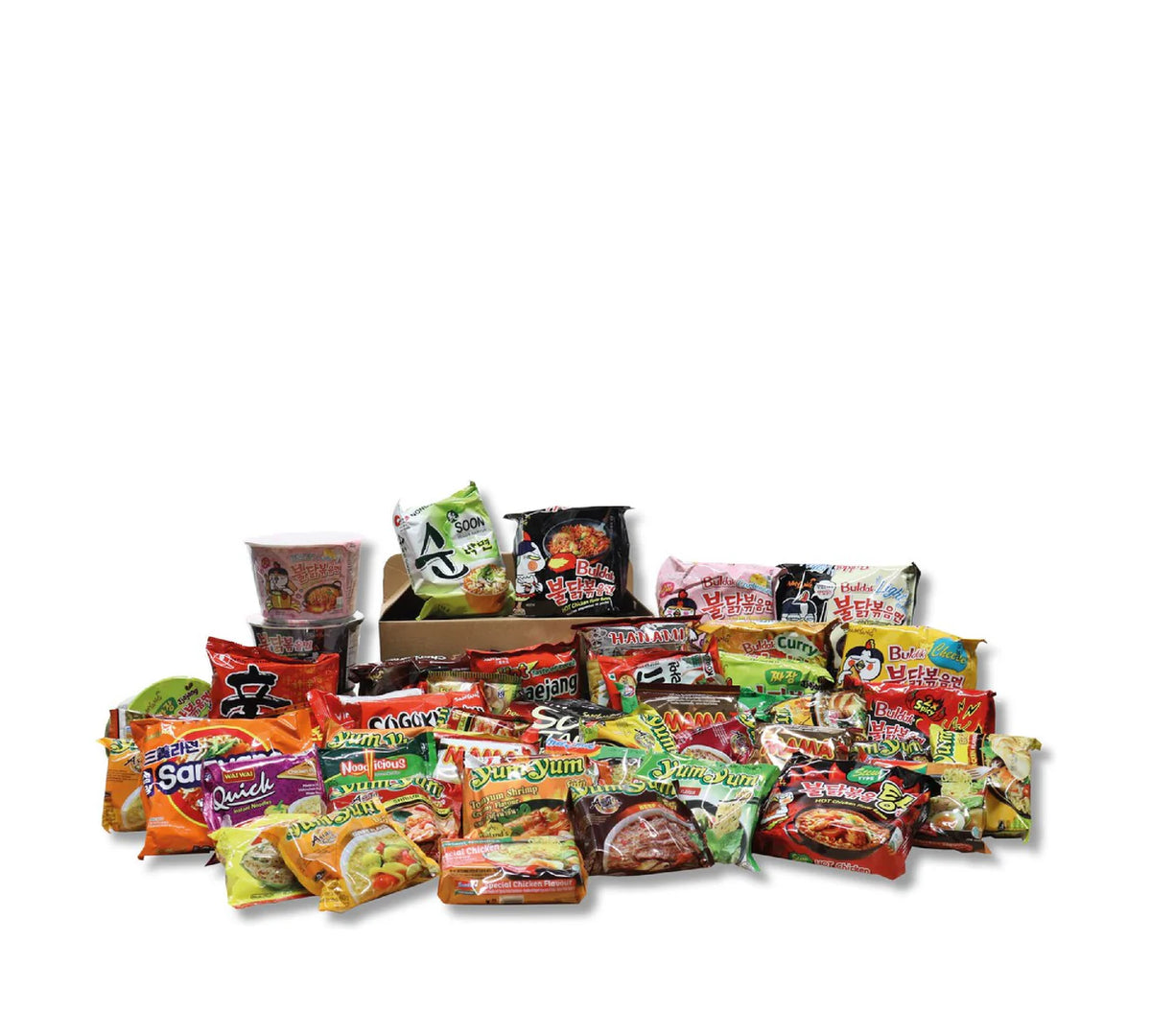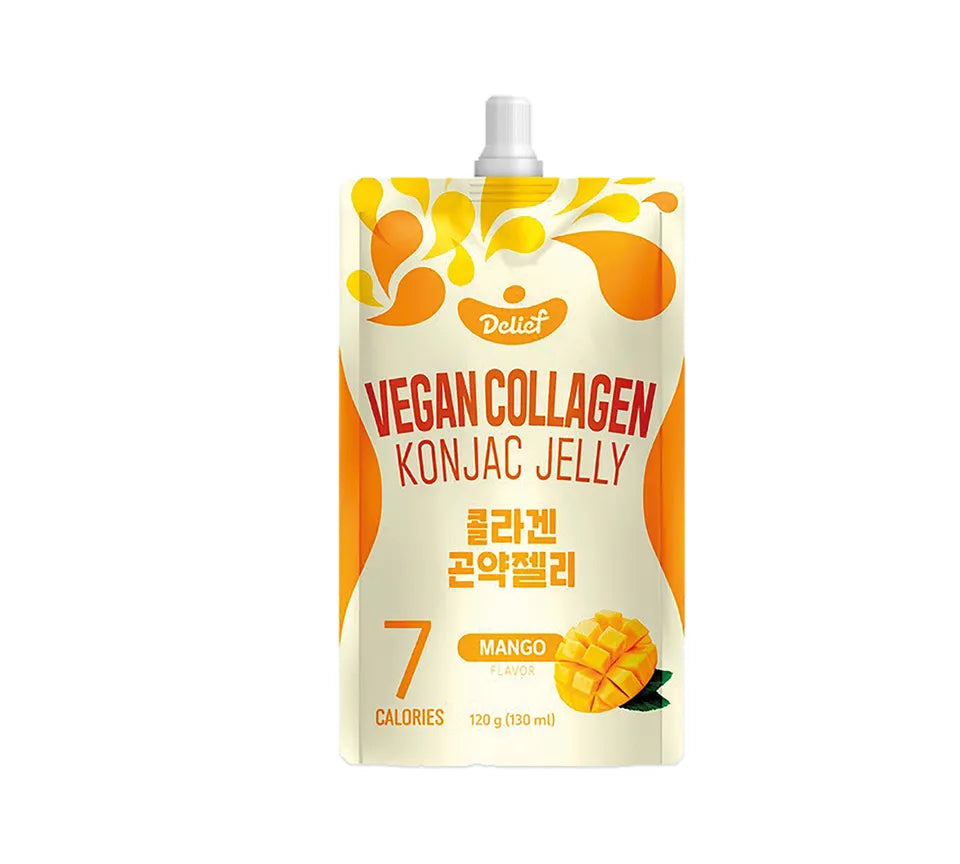Amidst the vibrant landscapes and rich culinary traditions of Korea, gochugaru stands out as a cornerstone ingredient that adds both heat and depth to a variety of dishes. Gochugaru, the Korean red chili pepper flakes or powder, is essential in creating the distinctive flavors of Korean cuisine.
Origins and Development
The use of chili peppers in Korean cuisine dates back to the 16th century, during the Joseon Dynasty. Chili peppers were introduced to Korea from the American continent through trade routes. Koreans quickly embraced this new spice, integrating it into their culinary practices. Gochugaru, specifically, is made from sun-dried red chili peppers, which are then crushed into flakes or ground into powder.
Various types of Korean chili peppers are used to make gochugaru, each contributing unique characteristics to the final product:
- Cheongyang-gochu (청양고추): Known for its sharp heat, this pepper is often used in spicier versions of gochugaru.
- Chungyang Gochu (청양고추): A variant appreciated for its significant heat.
- Daegu Red Pepper (대구 고추): Known for its sweet and hot balance.
- Hong-gochu (홍고추): Red ripe chili peppers with mild to moderate heat.
- Jinmi-gochu (진미고추): Offers a mild heat and sweet flavor.
- Kaien-gochu (꽈리고추): Also known as cayenne pepper, used for its intense heat and sharp flavor..
- Kkwari-gochu (꽈리고추): Also known as shishito pepper, usually milder and often used in other dishes.
- Myeongi-gochu (명이고추): Unique in taste and heat profile.
- Taeyang-cho (태양초): Sun-dried peppers that offer a balanced heat with sweet undertones, commonly used for making gochugaru.
Usage in Korean Cuisine
Gochugaru is a versatile ingredient, used extensively in Korean cooking to provide both heat and a rich, smoky flavor to dishes. Here are some key uses:
- Kimchi: The most iconic use of gochugaru is in kimchi, the famous fermented vegetable dish. Gochugaru imparts the characteristic red color and spicy flavor to the various types of kimchi.
- Stews and Soups: Gochugaru is commonly added to jjigae (stews) and guk (soups), such as kimchi jjigae and sundubu jjigae, enhancing the depth and spiciness of the broth.
- Marinades and Rubs: It is often used in marinades for meats, such as bulgogi and spicy pork (dwaeji bulgogi), as well as in rubs for grilling and roasting.
- Side Dishes (Banchan): Many Korean side dishes, or banchan, utilize gochugaru to add flavor and heat, such as in seasoned spinach (sigeumchi namul) and spicy cucumber salad (oi muchim).
- Noodles and Rice Dishes: Gochugaru is also sprinkled over noodle dishes like bibim guksu and rice dishes like bibimbap, adding a spicy kick.
Gochugaru in Modern Times
In contemporary Korean cuisine, gochugaru remains a staple ingredient, integral to both traditional and modern dishes. Its popularity has extended beyond Korea, with chefs and home cooks around the world incorporating it into their recipes for an authentic Korean flavor.
Gochugaru is now widely available in international supermarkets and online stores, making it accessible for global culinary enthusiasts. Whether used in classic Korean recipes or innovative fusion dishes, gochugaru continues to be celebrated for its unique ability to deliver heat, color, and depth of flavor.
Gochugaru is more than just a spice; it is a symbol of Korean culinary tradition and a testament to the rich flavors that define Korean cuisine. From ancient recipes to contemporary dishes, gochugaru bridges the past and present, enriching the global culinary landscape with its fiery essence.




